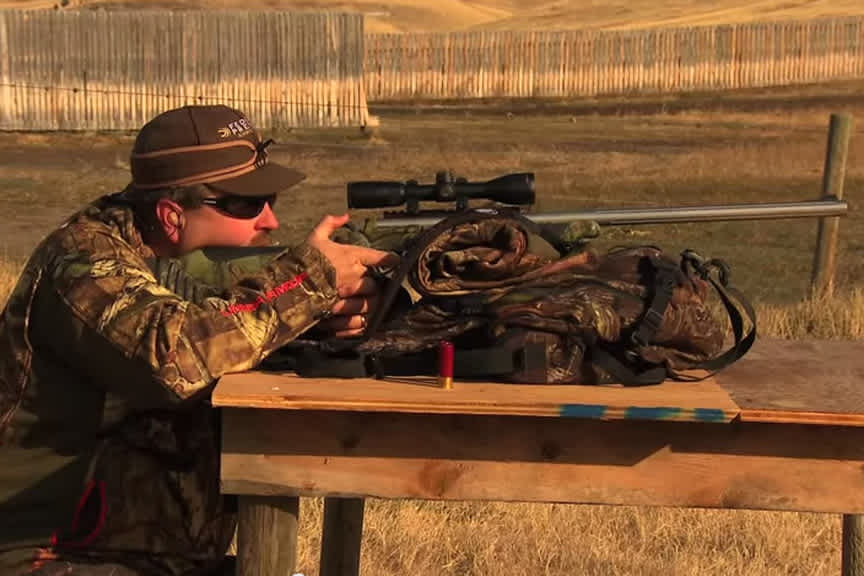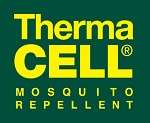Is Your Slug Gun Ready for Deer Season?
Bill Miller 10.27.14

Slug hunting for whitetail deer has experienced something of a renaissance in recent years. Building a slug rig used to simply consist of swapping in a short, open-choked barrel with rifle sights on your duck or pheasant gun. We relied on molded rifling on the slug itself to impart spin to the projectile and create some resemblance of accuracy. These were 100-yard hunting rigs at best—often more like 50 to 75 yard rigs. That big “pumpkin ball” carried enough energy to bring down a deer farther out, but consistent accuracy just wasn’t there.
Then came rifled slug barrels, and the world changed. Today, with rifled barrels and sabots, we are shooting rifle bullets from our shotguns. Slug guns’ effective ranges have at least doubled out to 200 yards, and a well-built rig shooting a favored load can shoot accurately far beyond that. Slug hunters can now make good use of rifle scopes, and optics companies have developed long-range reticles calibrated to the drop of the big projectiles.
 The only component of the system that hasn’t changed is the hunter.
The only component of the system that hasn’t changed is the hunter.
In the last week leading up to any local slug deer season, it’s safe to say more shotgun slugs are sold than in the rest of the year combined. That’s understandable, but it doesn’t leave time for real testing, comparison, and most importantly, practice!
Sighting-in a slug gun is quite simple. You boresight it, then go to the range. You’ll want to start at 25 yards with one brand, load, and weight of slug. You adjust the scope or sights to put the center of your group just on the top edge of the bull. Then you move to 100 yards. You should be on the paper. You shoot groups and adjust until the group is consistently centered on the bull. That is basic sight-in and can generally be accomplished with 15 to 20 shots.
If you’re using a compensating scope, you should at least take a few longer-range test shots to ensure familiarity with the optics system if you intend to shoot beyond 100 yards in the field. That’s another 10 to 15 shells.
Once this is done, and if the sighting system is attached directly to the barrel and the barrel has stayed in place on the gun during the off-season, you may only need a few shots before each season to re-confirm your zero. But that’s if nothing has changed—it assumes you’re using the exact same slugs, exact same load, exact same scope, exact same eyesight, and so on.
 The scenario described above is not practice! It’s just sighting-in and double-checking, all done from a bench and probably from a Lead Sled or other shooting vice because the recoil from slug guns is significant. Practice happens away from the bench, in field-shooting positions and situations. It’s carrying the gun, shouldering the gun, shooting from improvised rests at estimated distances, shooting from elevated positions if you’ll be in a treestand, and a whole lot more.
The scenario described above is not practice! It’s just sighting-in and double-checking, all done from a bench and probably from a Lead Sled or other shooting vice because the recoil from slug guns is significant. Practice happens away from the bench, in field-shooting positions and situations. It’s carrying the gun, shouldering the gun, shooting from improvised rests at estimated distances, shooting from elevated positions if you’ll be in a treestand, and a whole lot more.
This scenario has also included no testing or comparison. How will you know if there’s a slug out there that shoots better from your gun than the one you’re currently shooting unless you try them?
You owe it to the precious, limited time you get to hunt and to the game you pursue to get out there to shoot more, and shoot more often.
A great place to start your search for the best slug in your shotgun is with the Federal Premium Trophy Copper Slug. You can check out some of the success I’ve enjoyed with this slug in my T/C Encore Pro Hunter in the video embedded below:
It also provides an in-depth look at the technology that goes into creating slug performance of this magnitude.
 Tip of the Week
Tip of the Week
Weather for opening day of deer season can vary wildly. Some years it might be sub-freezing. Other years, it can be t-shirt weather. You never know from season to season, so the prepared hunter will always have a ThermaCELL in his or her daypack. Not only will it repel any flying insects that may still be around, but it’s also makes a perfect wind direction indicator. That tiny tendril of smoke will show you precise wind direction at a glance. And because the chemical in the repellant pad is a natural derivative of a wildflower, it won’t spook game even if they catch a whiff.



